ACTIONS
&
GOALS
The Story Structure Secret
Marshall L. Dotson
Actions & Goals: The Story Structure Secret
Copyright 2016 Marshall Dotson
All rights reserved
No part of this publication may be reproduced, distributed, or transmitted in any form or by any means, including photocopying, recording, or other electronic or mechanical methods, without the prior written permission of the publisher, except in the case of brief quotations embodied in critical reviews and certain other noncommercial uses permitted by copyright law.
Published by Idea Brain Creative Publishing
Printed in the United States of America
Cover Design by Marshall Dotson
Print and Electronic Formatting by Polgarus Studio
ISBN: 978-1537001401
To Charlie: For your love, support and understanding. I couldnt have done it without you.
Contents
Elevator Pitch
The structural paradigm you are about to discover has been used by some of the most celebrated novelists and filmmakers of recent decades. From George Lucas to George RR Martin, from JJ Abrams to JK Rowling, successful storytellers have employed this structure to create many of the most revered stories of the modern era.
Yet the structural paradigm contained in these pages has never before been transcribed. You wont find it taught in creative writing workshops or banquet room seminars. While the structure itself has remained immutable, the methods implemented to achieve it have varied greatly from one storyteller to the next. Those who have used this structure with such resounding success have done so either inadvertently or innately. Until now.
Although this structural format is so pervasive, it possesses, at its core, a wholly new approach to structuring stories. Whether you are a writer of novels or screenplays, comic books or video games, the structural method delineated in this analysis is the easiest, most intuitive you are likely to have ever encountered.
But to understand this extraordinary paradigm, we must be willing to release our grip on some of the nebulous structural concepts we have been taught to hold dear. We must take our focus off such ambiguities as rising actions and escalating conflict, and reverse engineer our favorite stories from the top down to their most readily identifiable and relatable components. Only then can we discover the driving force of story structure in its truest form: the Actions and Goals of our characters.
The most important learning tool in the craft of screenwriting is the written analysis of movies and screenplays. - Daniel Calvisi, professional script analyst and presumably a pretty smart guy
Spoiler Alert
Oh, hello there. Im the author of the book youre currently reading. Before we initiate the transfer of information from my brain to yours, I would like to draw your attention to the double meaning of this sections title. Metaphorically what follows is a spoiler alert because I will present a synopsis of all the information covered in this book, i.e. a spoiler. Literally, its a spoiler alert because there will be spoilers of the plots for several popular novels and movies in this analysis of which I will now provide a list. Behold.
- Avatar - 2009 film - James Cameron
- A Game of Thrones - 1996 novel - George Rump Roast Martin
- Gravity - 2013 film - The director of my favorite Harry Potter film
- Harry Potter and the Philosophers Stone - 1997 Novel - The author of my favorite Harry Potter novel
- The Hunger Games - 2008 novel - Suzanne Collins
- Inception - 2010 film - Christopher Nolan
- Iron Man - 2008 film - Mark Fergus, Hawk Ostby, Art Marcum and Matt Holloway
- The Lego Movie - 2014 film - Phil Lord and Christopher Miller
- The Silence of the Lambs - 1988 novel - Thomas Harris
- Star Trek - 2009 film - Roberto Orci and Alex Kurtzman
- Star Wars Episode IV: A New Hope - 1977 film - George Lucas
- Star Wars Episode V: The Empire Strikes Back - Leigh Brackett, Lawrence Kasdan and a significantly wealthier George Lucas
- Titanic - 1997 film - A soon to be significantly wealthier James Cameron
If you noticed all these stories could accurately be deemed commercial fiction, you are correct. The structural method enclosed in these pages is primarily applicable to commercial, genre fiction. Im therefore not holding these stories up as irrefutable works of art, rather as critically and commercially successful stories that have resonated with a wide audience. If it is your sincere belief these stories are the kind of useless dredge ruining our culture and undermining the intellectual growth of society, I will hazard a guess youre unlikely to garner much value from this analysis.
Although I may insert examples from all thirteen of these stories throughout this book (plus a few extra for good measure), in the main section we will focus on only four of these tales: The Hunger Games (the novel, not the film), The Silence of the Lambs (ditto), Star Wars (A New Hope) and Titanic: two highly successful novelsfor you to reference or ignore as you see fit.
Based on the popularity of the aforementioned novels/movies I hope you have already read/watched them. If you have not read/watched them and would like to, then you should do so before reading further. Otherwise, your reading/watching experience of these novels/movies will be irrevocably spoiled. Thus the alert.
And while the punny title of this chapter tickles me to no hyperbolic end, its greatest power lies in its ability to set the tone for the views and opinions I am about to express. I am confident you will find the content of this book educational. The reason being the theories set forth in this book cannot and will not be found in any other book ever written. When one considers there have been, at my last count, a gagillion books written on writing, this is no small feat. But my goal is to make this book as entertaining as it is educational. Though I may phrase things humorously, the subject of this analysis is of direct import to the survival of the human race. More hyperbole, you ask? Not at all.
You see, storytelling is important. Without stories, we wouldnt know about the legendary deeds of Hercules or James Bond or Jesus. That may sound facetious, but I assure you its not. Without storytelling, there would be no religions or fables or bestselling book series followed by blockbuster film franchises. Without story, there would be no video games or conversation subjects for first dates or Facebook rants about unusually bad customer service experiences at Starbucks. Storytelling is what separates man from beast. Without the desire to recount our experiences, its likely human language would have never come to exist. And without our spoken language we would be no better than koala bears or trees or nematodes. You dont want to be a nematode, do you?
While I would love to go into a long winded history of story, I assume you arent reading this book for that. If you are, then I highly recommend you purchase my companion piece, A Very Long-Winded History of Storytelling and its Impact on Humanity and Civilization throughout the History of Human Civilization. Its almost as entertaining as the title suggests.
Suffice it to say, regardless of the origins of story, a poorly structured tale is like a badly told joke. It may be the funniest thing since the advent of yo momma, but if told incorrectly you might as well be giving instructions for loading a dishwasher. Youll get the same response.
So what makes a well-structured story? Like so many aspiring storytellers before myself, I turned to the existing theories to answer this question. I studied under the masters of the field, amassed a bookshelf full of works on dramatic theory and gained invaluable insight into many different structural paradigms.

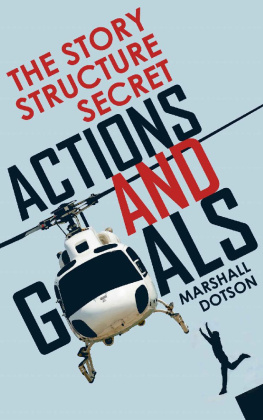

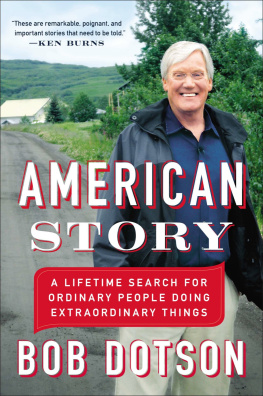

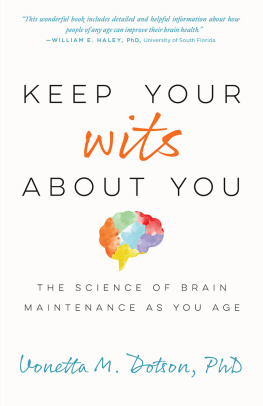
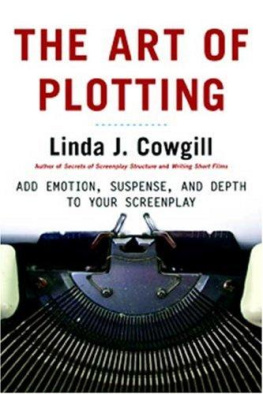
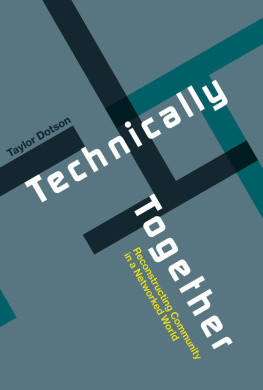
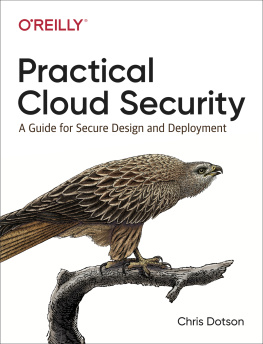
![Watt - The 90-day screenplay : [from concept to polish]](/uploads/posts/book/103527/thumbs/watt-the-90-day-screenplay-from-concept-to.jpg)